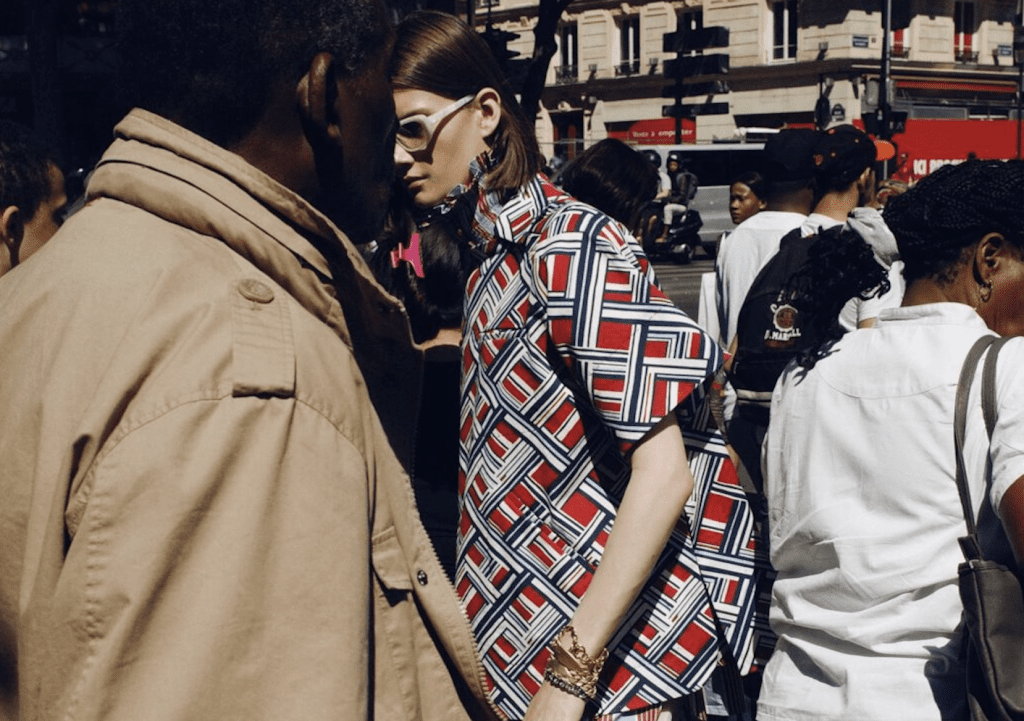Hermès has prevailed in the latest round of a trademark fight in India, with an appeals court in Delhi finding that one of the French fashion brand’s “H” logos is a well-known mark. On the heels of deciding the infringement case in Hermès’ favor in December and permanently enjoining the defendant, Crimzon Fashion Accessories, from offering up footwear and other products that make use of the “H” logo and other confusingly similar marks, the Delhi High Court sided with Hermès’ in its bid for a declaration from the court that the mark is well-known within the meaning of the Trade Marks Act and thus, is entitled to enjoy the statutory protections (even in relation to dissimilar goods) afforded to marks that are known among a substantial segment of the public.
A bit of background: Section 2(1)(zg) of the Indian Trade Marks Act of 1999 defines a “well-known trademark” – the equivalent of a famous mark for trademark dilution purposes – as one that “has become so to the substantial segment of the public which uses such goods or receives such services that the use of such mark in relation to other goods or services would be likely to be taken as indicating a connection in the course of trade or rendering of services between those goods or services and a person using the mark in relation to the first-mentioned goods or services.”

In his February 8 judgment, Delhi High Court Justice C. Hari Shankar focuses his analysis on the evidence produced by Hermès to support its claim that the “H” mark is well-known, which could prove to be a blueprint for other companies seeking declarations of well-known status for marks in India. The court delved into the five factors (enumerated in Section 11(6) of the Trade Mark Act) that are relevant for determining whether a mark is “eligible for being declared a well-known trademark” …
(1) The knowledge or recognition of that trademark in the relevant section of the public including knowledge in India obtained as a result of promotion of the trademark.
On the first factor, the court found that Hermès presented evidence that it displays products bearing its H trademark in its stores in Mumbai and Delhi, and in corresponding catalogs. Additionally, Hermès produced figures relating to “retail distributions and revenue generated in its annual report for the year 2021,” and cited media attention from the likes of Vogue, Harper’s Bazaar etc., which have featured sandals that incorporate the H trademark.
(2) The duration, extent and geographical area of any use of the trademark.
The court noted that the H logo – with “the iconic H cut-out representing the [Hermès] fashion house” – has been in circulation in the market since 1997, adorning a range of footwear, including the Oran sandals, Oasis sandals, and Legend sandals. As for the extent of use of the mark: The court stated that Hermès “advertise[s] its products through its stores and has showcased products bearing the H trademark in several events conducted in India,” also noting that “several celebrities” and other famous figures have been photographed wearing the Oran sandals, which feature the H trademark.
(3) The duration, extent and geographical area of any promotion of the trademark, including advertising or publicity and presentation … of the goods or services to which the trademark applies.
Reiterating much of what it previously cited, the court pointed to Hermès’ “extensive promotional activities” of the mark since 1997. The H logo-bearing Oran sandals, for example, have been featured in “several international magazines globally.” The judge also considered: “Publications of [Hermès’] product catalogues since the year 1997, and listings on its own website,” and Hermès’ “advertising of its products through its stores and showcasing of its products bearing the H trademark in events,” with the latter presumably referring to fashion shows.
(4) The duration and geographical area of any registration of or any application for registration of that trademark under this Act to the extent that they reflect the use or recognition of the trademark.
Here, the court asserted that Hermès filed for registration of the H trademark in France on April 15, 2015, and thereafter, was granted international registration (via the Madrid Protocol) in September 2016. Hermès also “enjoys international registrations and/or national registrations in over 93 countries.” (Among them: The U.S., where the mark was registered in January 2018 for use in Class 25.)
(5) The record of successful enforcement of the rights in that trademark, in particular the extent to which the trademark has been recognized as a well-known trademark by any court or Registrar under that record.
Finally, the judge asserted that Hermès has “been vigilant in protecting and safeguarding its trademark rights from misuse by third parties,” including by initiating infringement proceedings over the mark before “courts in Germany, wherein [Hermès] obtained a preliminary injunction.”
Siding with Hermès, the court found that “given the volume and nature of material placed on record, Hermès satisfied the criteria enumerated in section 11(6), namely, the five factors above, “so as to justify declaration of the H mark as a well-known trademark within the meaning of Section 2(1)(zg) of the Trade Marks Act.” The court also determined that Hermès met the terms in section 11(7), which specifically refers to the “relevant section of the public” at play, taking into account the number of potential customers of a particular good or service; the number of persons involved in distribution of such goods or services; and the business circles dealing with such goods or services.”
As a result, Justice Shankar ordered that a decree be drawn up by the trademark registry to reflect his determination of the mark’s well-known status.
THE BIGGER PICTURE: The Delhi High Court’s finding follows from previous decisions by courts in the country that have granted well-known status to a growing list of trademarks for companies, including (but not limited to) Louis Vuitton, Cartier, Omega, Intel, Mars, Carrefour, Vogue, Google, and Dunhill. In connection with a trademark infringement case waged by Louis Vuitton, for instance, the Delhi High Court held in 2009 that the Louis Vuitton trademarks at issue – the Louis Vuitton word mark, LV logo, Toile monogram pattern – “are undoubtedly well known, transcending borders and known/recognized by all who are connoisseur of such goods.”
In addition to courts being able to declare marks as being well-known, changes to India’s trademark rules in 2017 made it so that the Trade Mark Registrar is also able declare marks as having well-known status, which has resulted in “an upsurge” in the number of applications being filed by companies looking to secure such status, according to ANM Global’s Rahul Dhote and Diksha Garg. They note that as of July 2022, the list of marks that had been recognized as well-known – by courts and/or the trademark registrar – had almost reached 100, “with thousands of applications pending.”
This trend in trademark strategy, which is seeing companies (including those in the luxury segment) angle for most robust rights for their most well-established marks, is likely to continue in light of larger, luxury-centric developments in India. The luxury market in India is expected to grow to 3.5 times the current size and reach $200 million by 2030, according to Bain & Co., thanks to a rising number of ultra-high-net-worth individual (i.e., those with net assets of $30 million or more). The result is that luxury names are looking to expand their presences in key shopping cities, with Balenciaga, for instance, announcing in August 2022 that it will enter the Indian market this year. The news followed closely from Valentino revealing that with the help of Indian retail giant Reliance Brands Limited, it will open a store in Delhi and a flagship in Mumbai.
Still yet, Aditya Birla Fashion Retail announced a partnership with LVMH-owned department store Galeries Lafayette to open outposts in Mumbai and Delhi, the latest indication that a growing number of global luxury companies want ti tap into the booming Indian luxury market.











